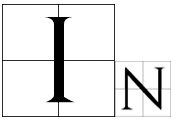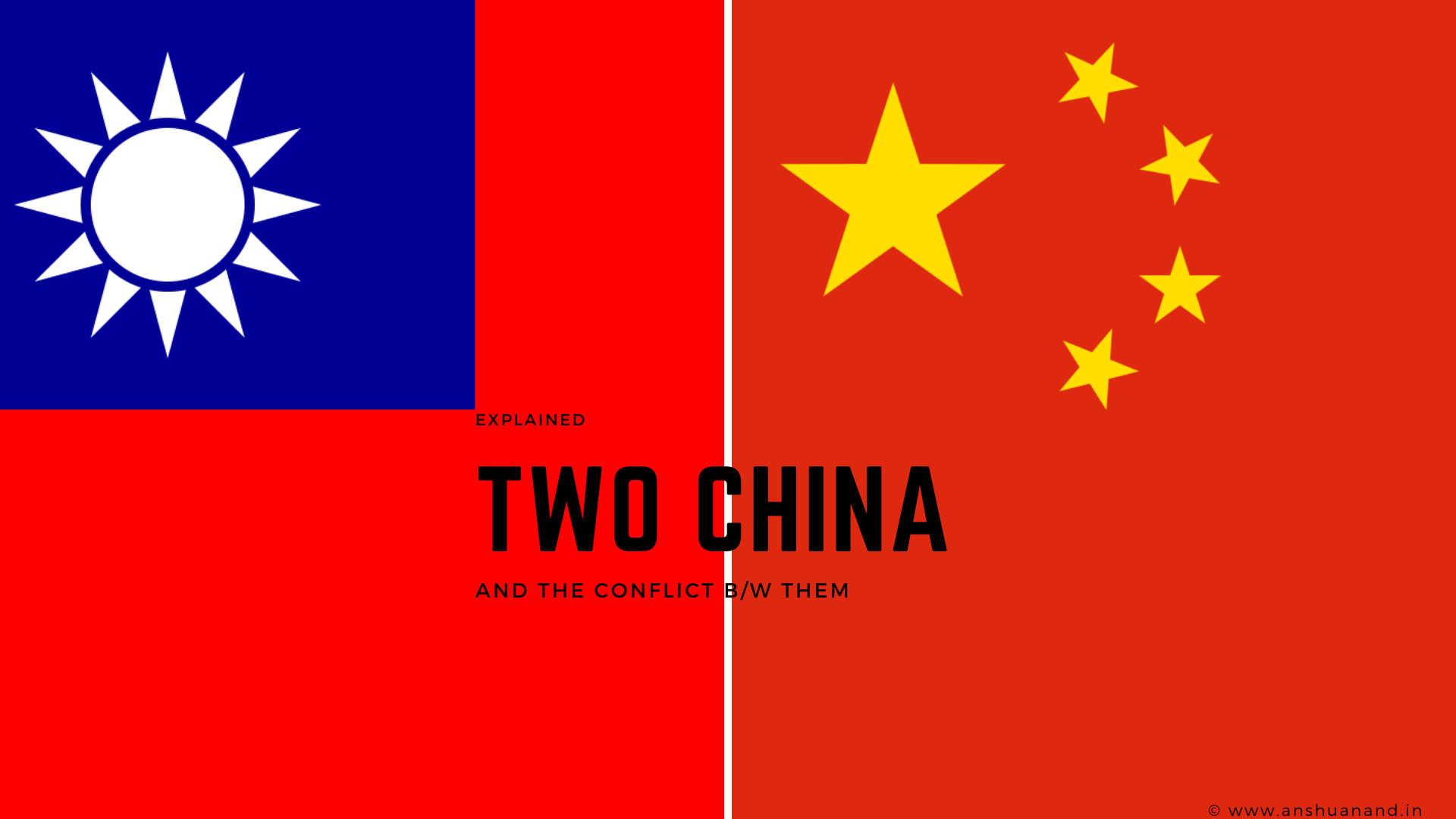 view of the supply bottlenecks and the crisis in the supply chain, we have become painfully aware of how well we have managed to connect globally. Taiwan, the subtropical volcanic island once associated with its rich temple culture, friendly multiculturalism, and cheap tourism is now gaining prominence as the world’s largest producer of microchips and electronic parts, while tensions between the communist People’s Republic of China and the democratic Republic of China, as Taiwan has officially been called since 1912, are rising and evoking unresolved issues of the past.
view of the supply bottlenecks and the crisis in the supply chain, we have become painfully aware of how well we have managed to connect globally. Taiwan, the subtropical volcanic island once associated with its rich temple culture, friendly multiculturalism, and cheap tourism is now gaining prominence as the world’s largest producer of microchips and electronic parts, while tensions between the communist People’s Republic of China and the democratic Republic of China, as Taiwan has officially been called since 1912, are rising and evoking unresolved issues of the past.
The Republic of China (ROC) or present-day Taiwan was established in 1912 in the aftermath of 2,000 years of imperial rule in China that ended with the overthrow of the Qing Dynasty, the last orthodox dynasty. The new government, a one-party military dictatorship called the Kuomintang (KMT), changed the country’s name to the “Republic of China”.
However, different political and intellectual groups had different ideas about the future of post-imperial China and 37 years of civil unrest and war unfolded.
Japan’s loss of Taiwan and the Penghu Islands after World War II became ROC’s gain
The birth of the new KMT-ruled Republic of China was celebrated with battles for the territorial rule against numerous self-organized paramilitary units of the former Beiyang Army. The Communist Party of China (CPC; officially CPC) was founded in 1921 and worked with the government for the first six years as the organized left wing of the larger nationalist movement.
However, when the KMT brutally murdered tens of thousands of CPC members in 1927, the CPC split with them and declared civil war on China’s sovereignty which it eventually won in 1949, when the ROC government moved its rule to Taiwan and left mainland China to the CPC. The Civil War would probably have ended earlier had it not been for the Japanese invasion in 1937, which led to the Second Sino-Japanese War, or War of Resistance, as the Chinese called what unfortunately became known as the Asian Holocaust.
The largest Asian war of the 20th century between the Republic of China and the Empire of Japan is also considered the beginning of the Second World War in Asia. It resulted in between 10 and 25 million Chinese civilians and over 4 million Chinese and Japanese military personnel missing or dying from war-related violence, famine, and other causes.
The Republic of China and the Communist Party fought together against Japanese military offensives supported by Nazi Germany, the Soviet Union, the United Kingdom, and the United States. The USA additionally supported China through a series of increasing boycotts against Japan, culminating in June 1941 with the cut-off of steel and gasoline exports to Japan.
In December 1941, Japan attacked Pearl Harbour and declared war on the United States, which accepted this and increased its aid to China. In 1942, the United States gave China a total of $1.6 billion. Three years later, Japan formally surrendered and China was recognized as one of the four great allies of the war, regained all the territories lost to Japan, and became one of the five permanent members of the United Nations Security Council.
And now comes the best part.
Two Chinas were born in Taipei on 8 December 1949
Although the government and the communists fought together against the Japanese enemy, they resumed their civil war whenever circumstances were favorable, and the communist party continued to work actively on its expansion and propaganda so that by 1945 it was vastly superior to ROC. This last phase before the division and doubling of China is known in history as the Chinese Communist Revolution, which ended in 1949 when the ROC’s government moved along with 2 billion people to Taiwan, which was returned to China but to which one?
Until the defeat of Japan in World War 2, Taiwan was under Japanese colonial rule. This was the result of the 1895 Treaty of Shimonoseki, by which the Qing ceded Taiwan to Japan. The ROC’s government recognized the territorial opportunity of the island and began to exercise sovereignty over Taiwan already in 1945, after Japan’s surrender and thanks to the UN, which placed Taiwan and the Penghu Islands under the administrative control of the government of the Republic of China.
However, when it came to signing the Treaty of San Francisco in 1951, due to the complicated diplomatic relations, no one from China was invited, neither the newly established the People’s Republic of China in mainland China nor the ROC in Taiwan.
And since China was not present, the Japanese only formally renounced the territorial sovereignty of Taiwan and the Penghu Islands without specifying to which country Japan ceded sovereignty.
In 1952, the Treaty of Taipei was signed separately between ROC and Japan, again without specifying which country has sovereignty over Taiwan, except that one article of the treaty states that the Taiwanese people and legal entities should be the people and legal entities of ROC.
Which China is legitimate?
Disputes over the exact de jure sovereignty of Taiwan continue to this day and threaten to escalate. Japan avoids commenting on Taiwan’s status, claiming that Japan renounced all claims to sovereignty over its former colonial territories, including Taiwan, after World War II II.
Before the 1970s, the Republic of China was still recognized by many countries and the United Nations as the only legitimate government of China and claimed sovereignty over mainland China and Taiwan. The Republic of China was a founding member of the United Nations and was one of the five permanent members of the Security Council until 1971 when it was excluded from the UN and China’s representation was replaced by the People’s Republic of China (PRC) via UN General Assembly Resolution. Recognition of the PRC by most other governments, including the United States, soon followed.
Since the 1990s, a growing movement for formal recognition of Taiwanese independence has replaced the debate over China’s legitimate government. The prevailing view in Taiwan is that the Republic of China and the People’s Republic of China are both sovereign, thus forming two Chinas or one China, one Taiwan.
Needless to say, the People’s Republic isn’t the least bit enthusiastic about the Taiwanese solution, and the international community, led by the US, is watching the situation vigilantly to avoid possible misunderstandings that could escalate into wars and throw the world back to the pre-digital era.

Writer and director who thinks different and does everything differently. Art enthusiast. Wandering and wondering. Until the end of meaning.
irena_curik@hotmail.com





